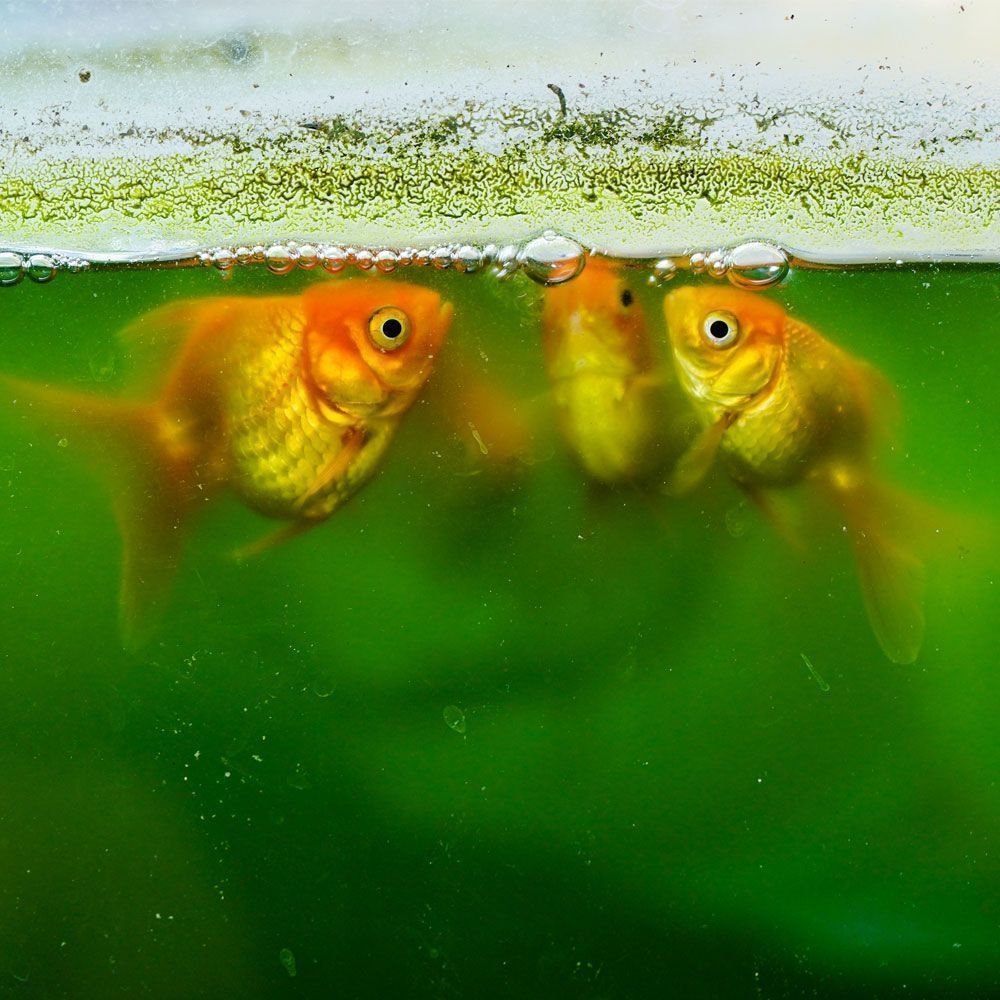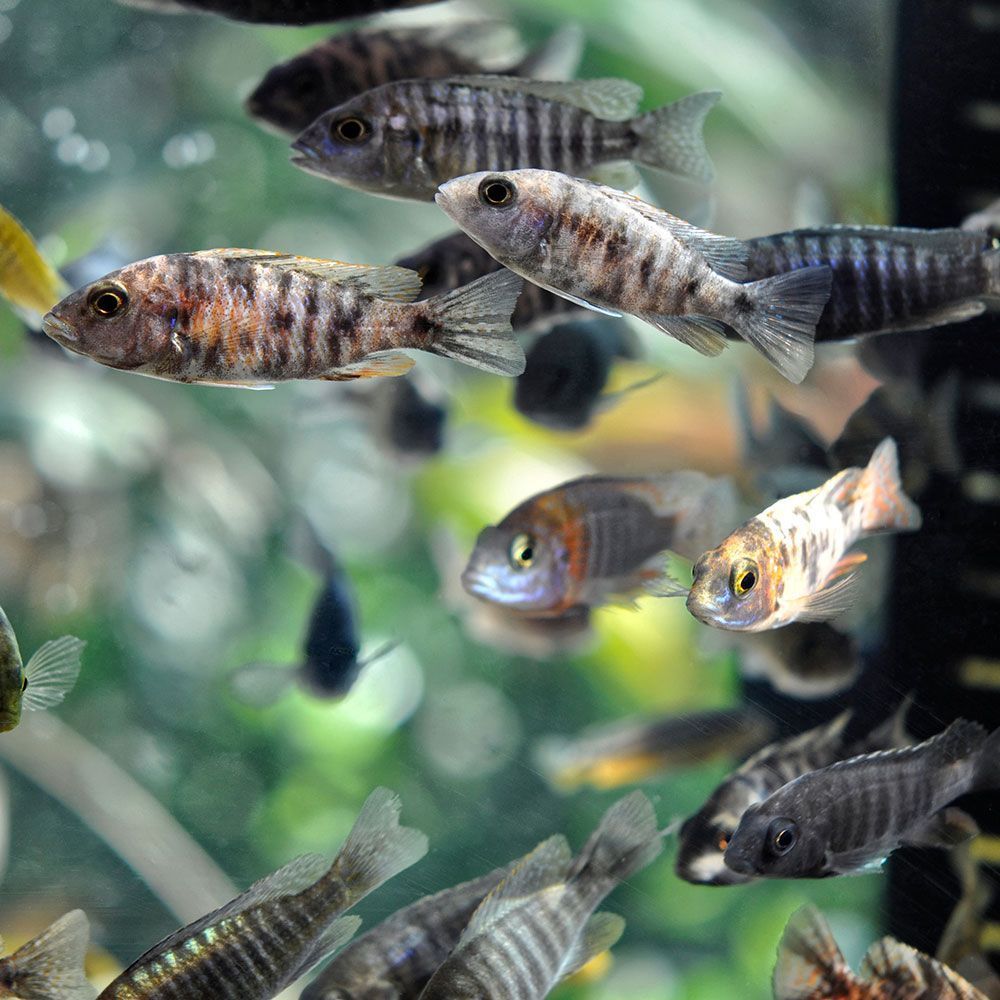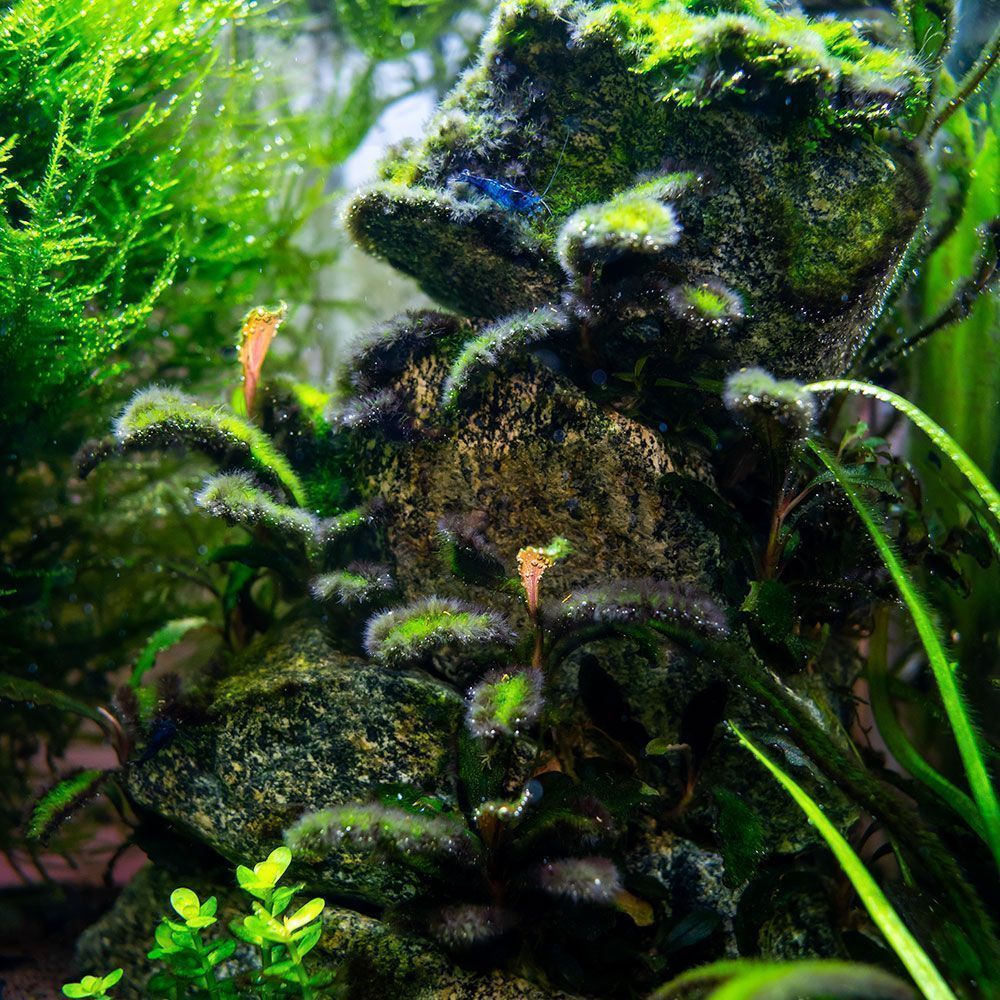Did your fish tank suddenly turn cloudy, and you have tried all the suggested treatments? But no matter what you did, the cloudiness returned immediately.
Well, don’t worry. You’re not alone.
This is one of the initial hurdles in the journey of novice aquarists. The frustrating issue is indeed pretty scary. After all, the cloudiness can be a sign of toxins in your tank.
Since most beginners are absolutely clueless about the actual reason behind the phenomenon, they have a high chance of treating the tank incorrectly.
What are the Causes of Cloudy Aquarium Water?
There can be a variety of dangerous and non-threatening causes behind your fish tank turning cloudy.
But to identify the cause correctly, you must first buy a clear mug to check the water color. You must also have the basic aquarium testing kits beside you.
1. Gravel Residue

Cloudiness Color in Clear Mug: White to grey
How to get rid of gravel residue in an aquarium?
If the water turns cloudy within two hours of filling your tank, it might be because you haven’t washed the gravel properly.
To fix this, you must drain the entire tank all over. Take out the gravel and soak and rinse several times until the rinsing water stays clear.
After that, add the gravel back into your tank and fill it with water. There shouldn’t be any more cloudiness.
2. Dissolved Elements in the Water
Cloudiness Color in Clear Mug: White to grey
How to get rid of dissolved elements in the water?
If your gravel is washed well, but the issue persists, your next suspect is excess dissolved elements, like silicates, phosphates, and heavy metals in your water source.
To make sure, test the water’s pH; if it’s alkaline (i.e., pH much higher than 7), that’s supporting evidence.
To solve this problem, treat the water with water conditioners. Alternatively, you can use reverse osmosis or RO water instead of tap water. RO water also lets you control water parameters and prevent diseases.
You can buy RO water or even invest in equipment to make RO water at home.
3. Bacterial Bloom
Cloudiness Color in Clear Mug: White to grey
How to get rid of bacterial bloom in an aquarium?
If the water turns cloudy after days, weeks, or months after being added to the tank, this is a result of bacterial blossom.
This is normal in new aquariums (thus called “New Tank Syndrome”), where the initial break-in cycle takes place. After the cycle, the water turns hazy or cloudy.
The established beneficial bacterial bloom helps clear the waste from decaying plants, uneaten food, and fish excretion in your tank. They convert harmful wastes into less harmful nitrites and then nitrates.
The cloudiness usually disappears between 2 days to a few weeks, so don’t panic. You can speed up the process by several methods, including:
- Perform 10-15% partial water change and vacuum the gravel after a week. Get rid of any sort of debris, like decayed plants and leftover food.
- Feed your tank inhabitants every 2-3 days to reduce leftovers.
- Use a flocculant or water clarifier to clear debris that is not eliminated with water change and vacuum.
- Add a few gravels into the tank from an established tank (from your older tank or even from aquarium shops). The good bacteria on those gravels accelerate the normal cycle.
- Add live plants that have good bacteria coated on their leaves.
4. Excess Light

Cloudiness Color in Clear Mug: Green
How to reduce light in an aquarium?
Does your tank get direct sunlight? Or do you leave the lights on for too long?
If yes, this leads to an algal bloom.
You can solve this problem by moving your tank away from sunlight or keeping the lights on for shorter periods.
5. Phosphate Build-up
Cloudiness Color in Clear Mug: Green
How to get rid of phosphate from the aquarium?
This can happen for two reasons: the water source has high phosphate content, or it’s a byproduct of decaying organic matter like leftover food. The phosphates then accelerate the algal bloom in your tank.
Test your tank water for phosphates to ensure it is phosphate indeed.
Test the water source for phosphates again. If the source is responsible, you can switch to RO water or treat the water with phosphate removers.
If the water source doesn’t test positive for phosphates, then feed your fish less or choose low phosphate content fish food.
6. Nitrate Build-up
Cloudiness Color in Clear Mug: Green
How to get rid of Nitrate from a fish tank?
Excess nitrates are released into the water as byproducts of aquatic creature wastes. This, again, leads to algal growth.
To deal with this, perform water changes, use an adequately powered filter for your tank, and clean your filter regularly. You must also ensure that your tank isn’t overstocked.
7. Tannin Build-up
Cloudiness Color in Clear Mug: Yellow or brown
How to remove Tannin from Aquarium?
If your tank has lots of tannin-producing elements like driftwood, catappa leaves, and other botanical details, this is normal. Tannin-stained water is a standard for blackwater fish.
But if you prefer clear water for your tank, then perform water changes for a while without adding more tannin sources. Before adding new tannin sources, soak or boil it to seep out most of the tannin faster.
If that doesn’t help, you can also use chemical filtration options, like:
- Activated carbon in filter bags or carbon-infused media pads – its pores get clogged with tannin and toxins and must be replaced regularly.
- Seachem Purigen in a canister or HOB filter – this can be reused by bleaching it to remove impurities.
8. Cloudy Aquarium Walls
Cloudiness Color in Clear Mug: Clear
How to clean cloudy aquarium walls?
When the mug test comes clear, the main culprit is biofilm on your aquarium walls.
To get rid of the haze from a glass aquarium, use an algae scraper to clean the inner walls of the aquarium. Use an aquarium-safe cleanser to clean the outer surfaces.
For acrylic aquariums, use dedicated acrylic-safe scrapers to avoid micro scratches.
9. Light Glare
Cloudiness Color in Clear Mug: Clear
How to remove light glare from the aquarium?
Another situation when your tank water and viewing panes are both clear might be the issue of glare. For this, add an aquarium background on the inside or outside of your tank.
10. Dead Animals

Cloudiness Color in Clear Mug: Varies. Can be milky, yellow, brown, red, green
How to remove dead fishes from the aquarium?
If any of your fish, invertebrates, or salamanders die, it can turn any other color accompanied by a foul smell. This happens pretty fast, especially in tropical fish tanks.
To clear this, first, take out all of your decor and rehouse surviving creatures, if any, in another tank. Search for and get rid of dead fish or other beings using a net.
Run tests for nitrate and ammonia levels and perform a 50% water change, followed by adding filter bacteria.
11. Wood Fungal Growth
Cloudiness Color in Clear Mug: Milky with slimy suspension
How to get rid of wood fungus growth in the aquarium?
Some types of wood break out into fungal growth when dipped in water the first time. For prevention, it’s advised to soak such wood in a container until the fungal growth stops. Or, boil the wood to kill the fungus.
To treat the water, use activated carbon to eliminate cloudiness and color.
12. Wrong Substrate
Cloudiness Color in Clear Mug: Dark brown or yellow
Why you should change the substrate in the tank?
Some substrates may absorb or trap decomposed materials on the surface. So, when your tank inhabitants come in contact with the substrate, a putrefaction process of releasing decomposed materials and gases occurs. This leads to the tank turning cloudy and dirty.
You can completely change the substrate or eliminate the top layer of the substrate. You can also add a filtering wool cartridge to the filter media. Some also stir the substrate just before vacuuming to remove the debris.
13. Filtration Issues
Cloudiness Color in Clear Mug: Any color
How does a filter spoil the aquarium water?
In cheap power filters, the coarse foam can’t filter fine particles. Thus keeping a lot of junk back in your tank. You should add an extra layer of filter foam if you have a power filter.
If you want to switch to a high-end filter, choose a canister filter with a wide range of foam densities. Opt for the finer foam options.
If there’s any issue in filter components, get them fixed ASAP.
14. Water Change Issues
Cloudiness Color in Clear Mug: Milky
Should you change the water in an aquarium?
Frequent water changes and filter media cleaning get rid of all the beneficial bacteria. Thus, the tank can’t mature properly to undertake self-cleaning processes.
Consequently, inadequate water changes lead to the accumulation of toxic substances.
To avoid this, let the tank mature first or regularly clean a matured tank by performing 20-40% water change.
15. Overstocking

Cloudiness Color in Clear Mug: Dirty
Why is overstocking a problem for an aquarium?
If you add too many fish and/or add them too quickly, one after another, the water is bound to look dirty.
Keep a healthy ratio of fish in your tank so that there’s no overproduction of fish waste leading to cloudiness. You can also use online fish stocking calculators to find the perfect number of fish.
On the other hand, you should wait for 4-6 weeks before adding each kind of fish. Unless the cloudiness settles down, don’t add new fish.
16. Overfeeding
Cloudiness Color in Clear Mug: Dirty
Why you shouldn’t overfeed the fish?
If you’re not a seasoned aquarist, you may give more than the recommended amount of food to your fish. On the other hand, if you use automatic fish feeders, those also lead to overfeeding.
The excess leftover causes a bacteria bloom in your tank and leads to cloudiness.
To handle the situation, fast your fish for a few days and test your aquarium water regularly for chemical levels. Meanwhile, your overfed fish’s digestive systems will also get some rest.
Ditch the automatic feeder for good.
Note: Avoid the fasting step if you have a goldfish.
17. Chemical Addition
Cloudiness Color in Clear Mug: Cloudy
How to get rid of chemicals from the aquarium water?
If you use any kind of medicine or water treatment chemical in your tank water, they may react with the existing chemicals in the tank.
To ensure that this is the case, take a mug of tank water and add a few drops of the chemicals you use.
This test will help you track down the exact chemical. Make sure you use that chemical in moderation or switch to an alternative.
If that’s not an option, count on filtration and water changes to eventually get rid of the cloudiness.
A word from FishInAquarium
Your fish tank can turn cloudy for a number of non-threatening or concerning reasons. The tip to deal with it is not to panic. Take your time to research and run the right tests on the water.
Remind yourself about your passion for fishkeeping and take this as a learning opportunity!
Now, if you’re satisfied with the information in this article, share it with other aquarists in need. Guide them to overcome the same trouble with ease.
But if you have any questions or more concerns about a cloudy tank, drop us an email, and we’ll get back to you with solutions!


